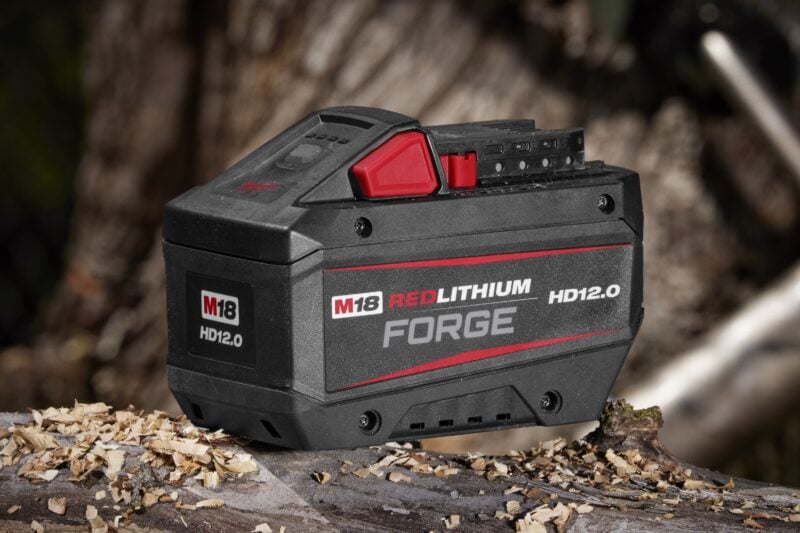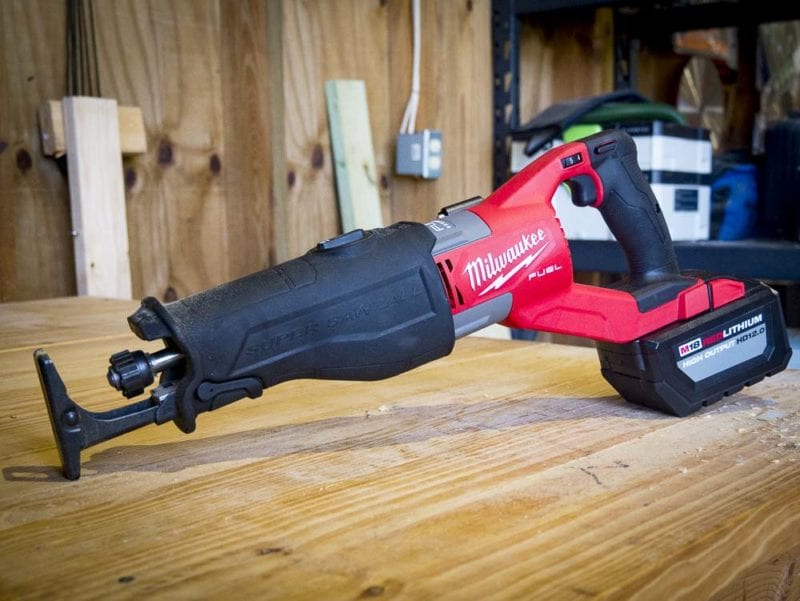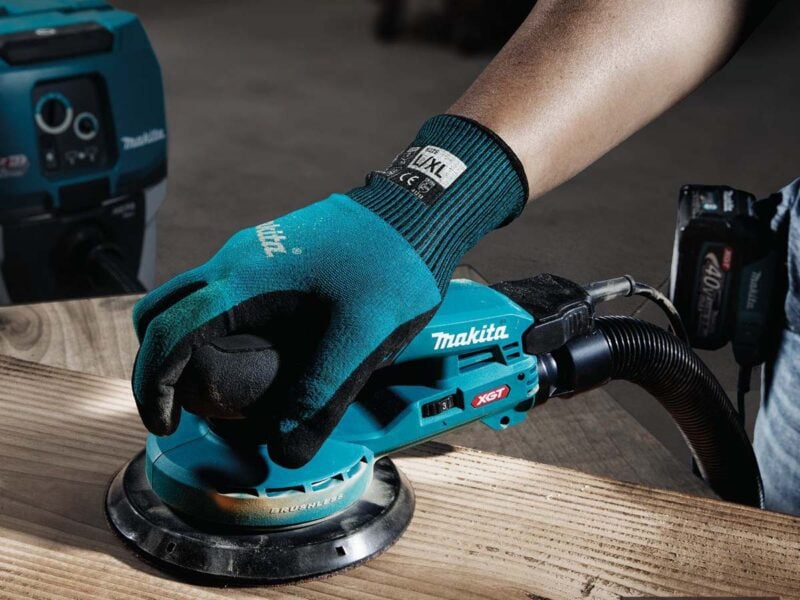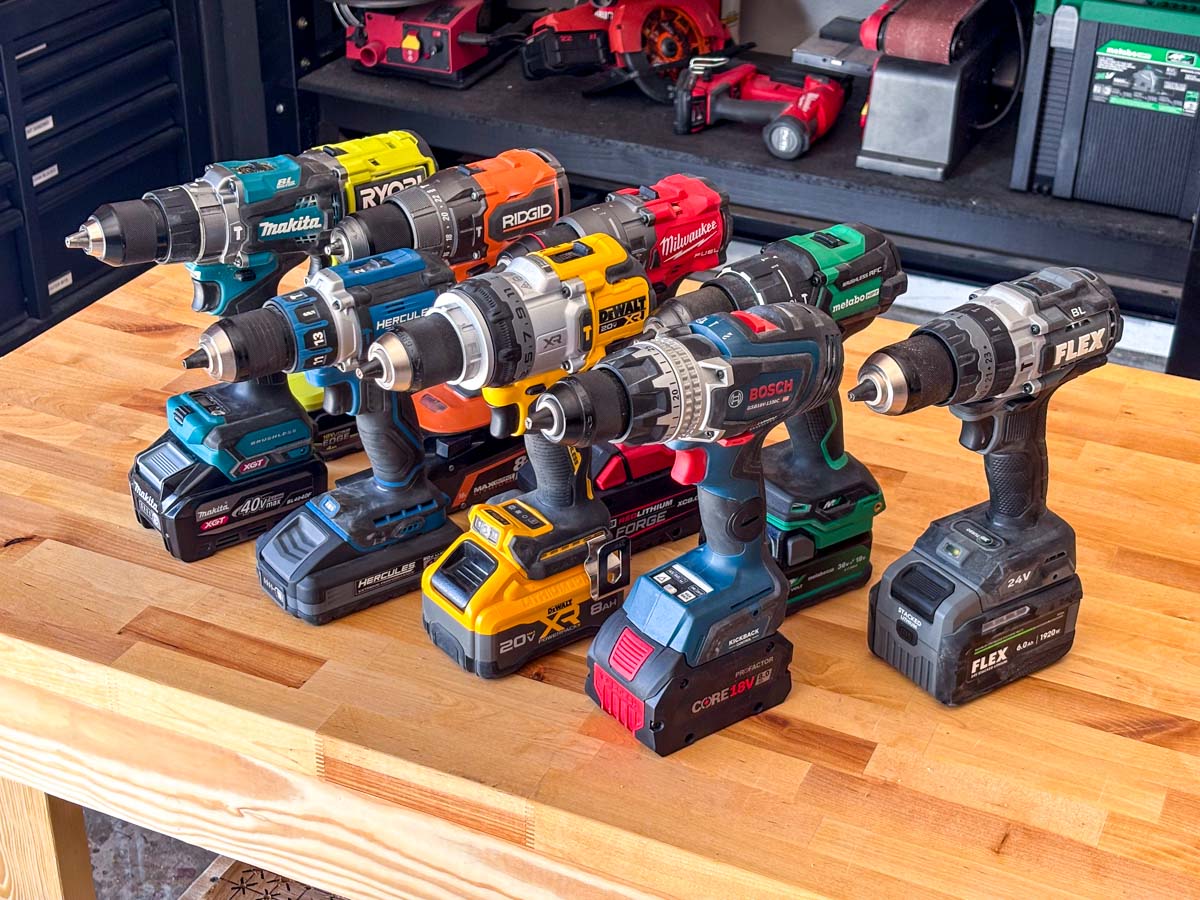When cordless tools first made their way into the professional trades, they were highly convenient, but had a hard time matching corded performance. Then, lithium-ion batteries and brushless motors bridged the gap. In the past few years, technology such as pouch cells and tabless connections have made cordless power tools the go-to option for nearly every tool that used to be plugged into a 110V outlet.
It may seem like we’ve reached the peak of cordless power tool development, and all that’s left are incremental gains until the next big battery chemistry or motor breakthrough. After all, you can stick a big honkin’ 12.0Ah battery on your cordless miter saw, but it’s just ridiculous on your drill… or is it?
Bringing Back Cords

I’ve often thought about how the outdoor power equipment market has dealt with the need for more power and longer runtime from its handheld tools. Brands such as Stihl, Husqvarna, and EGO developed high-capacity battery backpacks, shifting the weight and bulk into a harness and off of the tool. Connecting via a dummy pack to the tool’s battery interface, it has been an effective solution to the problem.

Of course, Makita has its PDC01 backpack power supply with adapters that run 18V LXT, 18V LXT X2, and 40V max XGT tools. That’s a great start, but it’s awfully bulky as a full system solution, and the $699 price tag can be tough on your budget.

Consider for a moment having something like a Milwaukee Forge 12.0Ah battery on your belt and simply connecting to your tool’s battery interface with a cord. You would have legit all-day runtime for your smaller tools and take the weight of the battery off your high-demand tools.

Imagine using your M18 Fuel Super Sawzall with 100% of the performance but three and a half pounds lighter. What if you could take the weight of the battery off your M18 Fuel roofing nailer? Yes, please!
Plus, by making the connector the size of a compact battery or smaller, you’d also minimize the overall working size of your tools.
Potential Challenges

So why has the mainstream power tool industry been slow to adopt this strategy?
I don’t claim to be a mechanical or electrical engineer, but I can forecast a few challenges.
One is that you need the cord to be long enough to give you full reach, but not so long that it gets in the way when you’re working in tight quarters. Realistically, cord management is relatively easy to overcome, though.
The bigger issue might be energy transfer. To have high-demand tools take advantage of the best battery technology, you’d need pretty stout wires to carry the energy with as little electrical resistance as possible. After all, the cords connecting the lawn care equipment I referenced earlier are beefy.
There’s the hurdle of how much it would cost us as end users. Stihl’s belt-mounted battery adapter is $109.99. It’s conceivable that major power tool brands might be in the $80 – $100 range. If they could hit that price point, it would be compelling.
Then there’s Florida Man. Courageous in all the wrong ways, he is the safety team’s nightmare. As a manufacturer, are you legally covered if you add a note in the manual to not power cordless benchtop tools with the battery attached to your person? I’m not a lawyer, but I can imagine the reaction when Florida Man posts a shredded cord and burn marks on his arm from catching it in his miter saw blade on social media. With a 12-pack of Natty Light cans strewn around the background, of course.
A Pipe Dream or a Possibility?

The idea of adding a cord to a cordless tool isn’t brand-new. Metabo HPT has had an AC adapter for its 36V tools since the MultiVolt system launched. Flex has one as well. Of course, those are to connect tools to a standard outlet.
Looking to our friends in teal, there’s hope. Makita’s 40V max XGT GOB01 random orbit sander sports a cord running back to a battery designed to clip on your belt. It’s not about creating a high-capacity solution as much as it is shifting the position of a single battery.
It’s not quite what I have in mind, though. With that design, the cord is detachable from the tool, but you can’t connect a battery directly on the tool. It’s not a universal fit for the entire XGT system, so only tools with that adapter connection will be able to use it. I want the freedom to run with the battery either on the tool or on my belt so that any tool on that battery system is compatible in both configurations.
However, I’ll take it as a positive sign that tool developers are at least open to the idea. The question might not be whether we’ll see tethered battery adapters emerge, but which brand will introduce them first.



